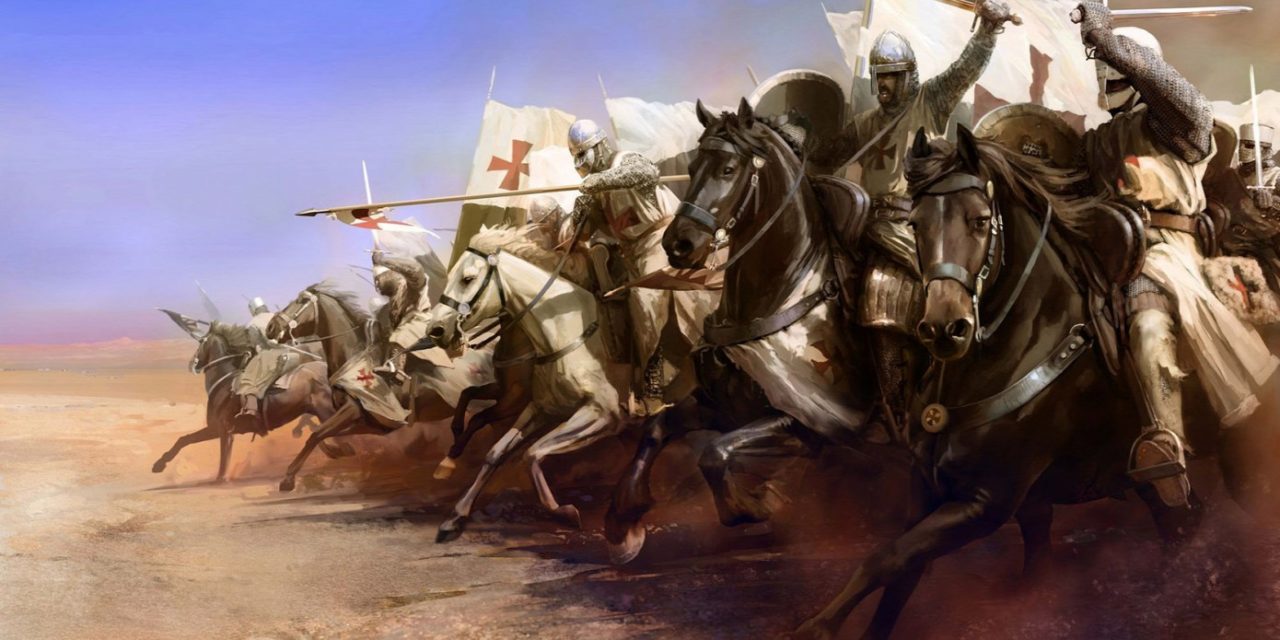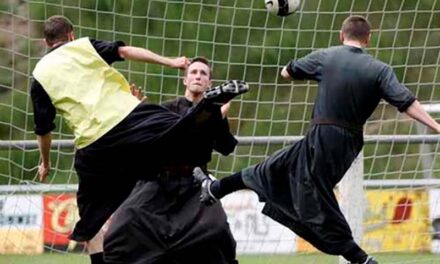"A nation that does not know its past does not understand its present, and cannot create its future!"
Europe needs Hungary... which has never let itself be defeated.
In the previous chapter, we saw how and at what cost Róbert Károly to the Hungarian throne.
The king from the House of Anjou in Naples, who was supported by the Pope and some of the Western powers, some of the Hungarian lords - based on several centuries of bad experience - opposed the Caroberto . However, in this case, they were wrong. Because the King of Anjou, who Károly I (1308-1342), was one of the outstanding figures of Hungarian history. His statue rightfully occupies a place in the ranks of the great Hungarians who stand on the Square of Heroes.
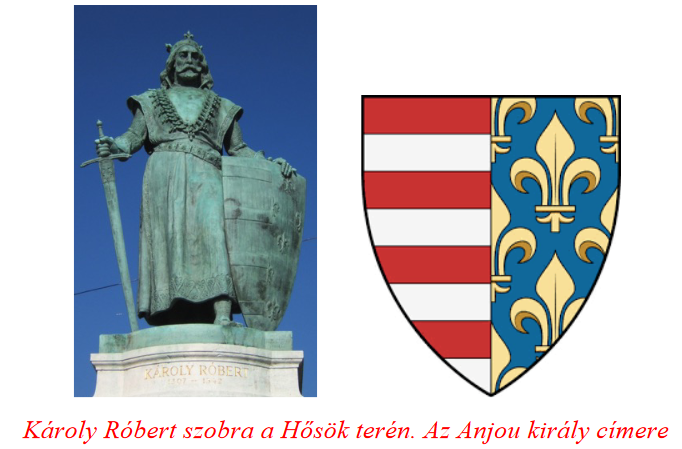
Caroberto's coat of arms included the interweaving, which indicated that the elected Hungarian king assumed the heritage of the Árpáds, combining it with his own family roots. The inclusion of the Árpád stripes and the Anjou lilies in a common coat of arms can be discovered not only in Hungarian historiography and depictions of symbols. The common coat of arms can be found on famous buildings, paintings, and sculptures of many settlements in Italy. (The Anjous took root in almost every country in Europe over the centuries, resulting in nearly a hundred coats of arms bearing the lily.)
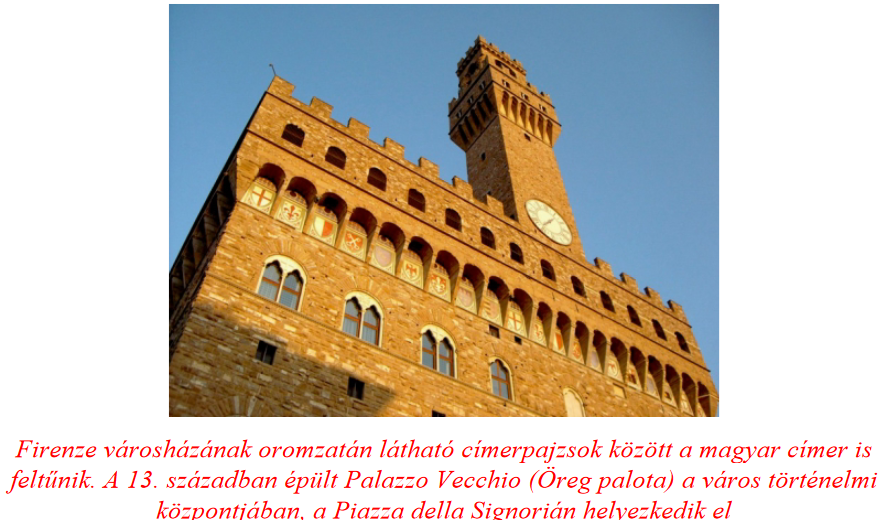
It is mostly known among those interested in history that Róbert Károly had more than just two sons who played a role in Hungarian history. One of them is his successor, who is recorded in our historiography as Lajos Nagy The other András (1327-1345) was the younger brother of King of Naples, Lajos, whose death caused the Hungarian king to lead two campaigns to Italy. We talk less about the third and fourth sons. The third son, although the oldest was Kálmán (1317-1375), who was born out of wedlock and was about ten years older than his half-siblings. Kálmán /Coloman/ chose the priestly career. First, he was a canon of Várad and then of Fehérvár /a person assigned to the service of the church/. After that, he held the title of provost of Esztergom / first deputy of the prior of the monastery. He was the bishop of Győr from 1337 until his death. King Károly's youngest child István (1332-1354), who held the title of Slavonic-Dalmatian duke. He had two more sons - Károly and László - but they died in their infancy.

of the contemporary Italian poet - Dante - best express the conditions in Hungary at the time, when he writes:
"Oh happy Hungary!
Just don't let yourself be misled anymore!"

What was the task for Charles I?
"He had to fight the power of the barons."
- Economic measures had to be put into effect, as a result of which the country would be functional.
"A new type of army had to be created."
- We had to build a successful foreign policy.
Róbert Károly consolidated his power
It was not an easy task, since the barons, as we saw at the end of the previous chapter, had enormous possessions and power, which they were not
willing to give up of their own accord.
The King of Anjou recognized that the petty kings were not only at enmity with the central power, but also with each other. Károly defeated or won over most of the lords with clever politics. Máté Csák to himself until his death in 1321.
Contrary to popular belief, in the battle of Rozgony near Kassa, which took place in the summer of 1312, although the royal army won, the fierce battles with the barons continued for another decade. The citizens of Kassa sided with the king in the hope of the promised hereditary right. As a sign of their loyalty and determination, in 1311 they managed to kill Aba Amadé , the great lord of the family. In the spring of 1312, Károly and his supporters gathered in Nagyvárad and headed north from there to fight the decisive battle. During the campaign, they captured several important castles and arrived near the village of Rozgony. With donations and promises, Károly also brought a part of the Abák to his side. Aba Amadé's two sons, Demeter and Miklós , opposed the king and allied themselves with Máté Csák, the lord of the western parts of the Highlands.
The chronicles of the time recorded about the clash on June 15, 1312, that there had not been such a deadly battle in Hungary since the Mongol invasion. The Abafians also fell at Rozgony, but this did not mean that either the Abás or the other barons, especially Máté Csák, had given up the fight against the king. The victory in Rozgony was only a promising start for Károly I to build a strong central power.

It is true that Máté Csák swore an oath to the king in exchange for receiving the title of tárnokmeister, which allowed him to further increase his power and authority.
However, this did not prevent the lord of the Highlands from attacking Visegrád and Buda, and he even wanted to take over the royal party. King Károly moved his seat to Timișoara earlier - in the summer of 1311 - because he realized that the royal family would have been in danger in Buda and Visegrád. Between 1308 and 1311, Máté Csák captured half a dozen castles, including Léva and Sirok.

The pope did not leave Róbert Károly alone in this situation either. In the summer of 1311, he sent Cardinal Gentile , who excommunicated Máté Csák and his entire court, serfs, and servants in Bratislava. Ecclesiastical excommunication - we know this since the Canossa district of 1077 - was a severe punishment. Anyone who did not leave his master within ten days was deprived of all church services - baptisms, funerals - and the king also dismissed Máté Csák from his position as butler. However, the lord did not surrender, what's more, he now openly faced the king. But he also found himself facing the archbishop of Esztergom and the bishop of Niitra. In 1312, the little king of the highlands owned 20 counties and about 50 castles, after which Máté rightly called himself a prince.
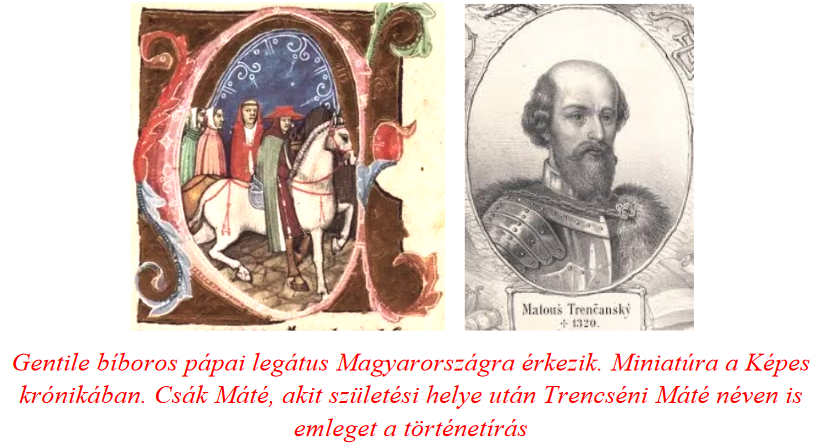
Máté Csák's strength, self-confidence, and independent policy are indicated by the fact that in 1315 he even got into a conflict with the Czech king, János of Luxemburg .
Róbert Károly tried to take advantage of the fact that the lord of the province's forces were tied up by the Czech war, so he marched his troops against Komárom. The castle was occupied by the king's soldiers in 1317 at the cost of great sacrifices. The eastern castles of the Highlands were besieged by Károly I's faithful ally, the Voivode of Transylvania, Dózsa Debrecen , but he too did not achieve resounding success. Meanwhile, in 1319, the Hungarian ruler also lost his third wife, Beatrix of Luxembourg , the sister of the Czech king. Unsolved domestic and foreign policy issues encouraged Károly to find a new wife and a new ally. He succeeded when, in 1320, he married Erzsébet Piast , Ulászló Lokiotek . (Erzsébet was the great-granddaughter of King Béla IV
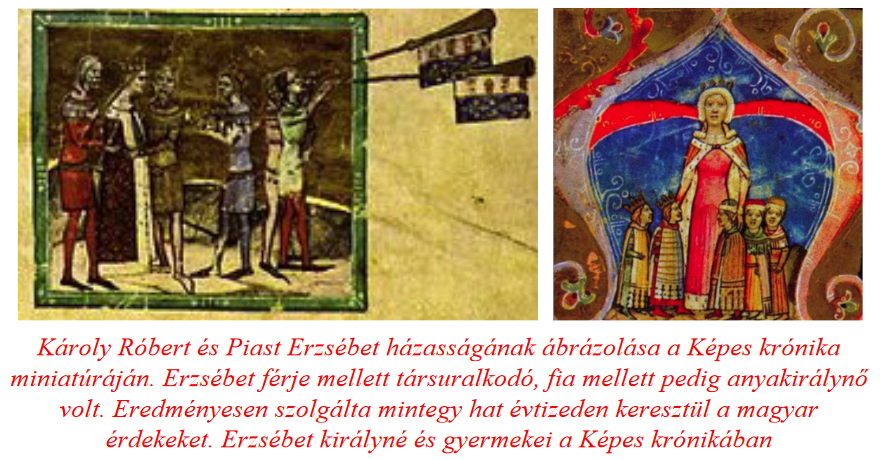
In the year of the marriage, the royal armies were only able to recapture the castles of Sirok and Fülek, lord Máté still represented a great force against the central aspirations. Change only occurred when Máté Csák died in March 1321. King Károly personally led his troops under the castle of Trencsén to capture the ancient nest of the Csák, a symbol of resistance. The capture of the fortress was only possible after a siege of several weeks, which, however, made it possible to unite domestic political forces and to subjugate most of the lords who had resisted until now. One sign of this was that the royal court moved back from Timișoara to Visegrád in 1323.
The legality of Hungarian history
The question arises. Why can Róbert Károly, who came from a foreign land and spoke a foreign language, be ranked among the greatest Hungarian kings? Why is his statue among our greatest in the field of Heroes, since from 1301 to 1323 he was constantly fighting with those foreign and domestic forces, in whose ranks mostly Hungarians fought? The answer is simple, although the 20-21. People of the 20th century - blessed with the often misleading wild drives of the "wonderful idea" of democracy - have doubts about the advantages and legitimacy of a strong central power. the historical role of the leaders of the Principality of Hungary, the strong-handed kings of the Árpád era, or János Hunyadi and King Matthias The question was naive, since non-national historians have already tried this.
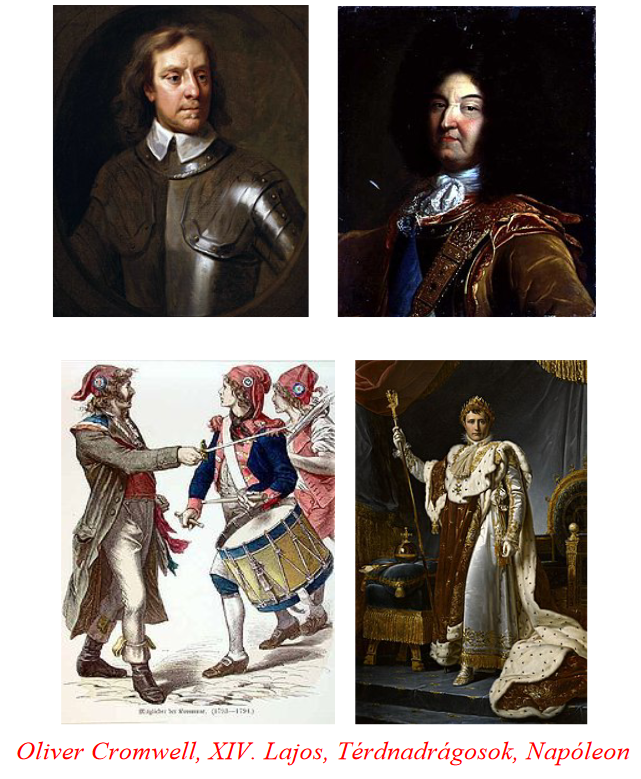
(Or should we argue with the sentence of the French Sun King - moreover, he was born centuries later - which says: "The state is me!"? But here we can classify the ideological and social shaping role of Oliver Cromwell , the French Jacobins, and Napoleon Bonaparte , which, however, cost the lives of millions of people. Of course, following the logic of this line of thought, we cannot absolve dictatorships from their crimes. Let us only mention those that have caused and continue to cause immeasurable suffering and damage to our country and people. Among them, the Habsburgs played a prominent role, and Hitler and Stalin's empire, and today's Anglo-Saxon liberal-Marxism.)

Returning to the original question of why Károly I can be considered an important Hungarian king, the answer is given by historical facts. Because the Anjou ruler created a strong, unified Hungary at the cost of long but consciously waged struggles. True, often against the ancient Hungarian families. But it should be known that the interests of a country or a nation always come before the interests of a narrower group. This was the case in the Middle Ages and the modern era, and this legality is still valid today. Based on the approximately six thousand years of written history of mankind, it can be established that the empires that subjugated foreign peoples sooner or later collapsed and failed. It has not been different in the recent past and it will not be different in the future.
The assassination
After the death of Máté Csák, the royal family that moved back to Visegrad lived in relative safety. Erzsébet gave birth to five sons, two of whom had to experience one of the most reckless assassinations in Hungarian history as an eyewitness and almost as a victim at the age of three and four. It so happened that Zách Felicián - formerly a supporter of Máté Csák - attacked the royal family in Visegrád on April 17, 1330. Károly I, his wife Erzsébet , and the two children Lajos and Endre Only Károly's right hand was slightly injured, but four fingers of the queen's right hand were cut off by the attacker.
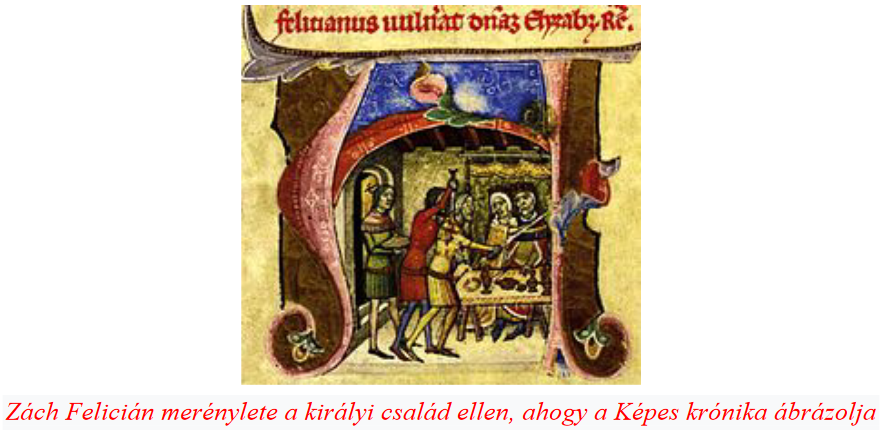
After that, he attacked the children, whose guardians protected the young princes with their bodies. Both defenders were fatally injured, but Lajos and Endre were able to escape. János, the son of Sándor of the Patak county , one of the eaters threw himself at Felicián and hit him on the neck with his pickaxe, which knocked the attacker down. That's when the king's bodyguards rushed in and nearly chopped Felicián Zách to pieces. One of the reasons for the assassination was perhaps that some followers of the defeated little king of the highlands could not accept Károly as the king of Hungary even after all these years. For the sake of completeness, it should be added that another reason was personal. Provided that it is true that the nobleman's daughter, the beautiful Klára Zách, the Polish queen's brother, Duke Kazmér , to which Elizabeth also assisted. Zách Felicián avenged this injury to his daughter with the assassination. The royal revenge was cruel, all male members of the Zach family, but also the close female relatives, were exterminated.
The story of the seduction was immortalized by an Italian chronicler a few years after the death of King Charles, which is very similar to the Bánk Bán . There, too, the foreign queen, Gertrud's brother, was the seducer, just as in this case it was Elizabeth's brother. (Duke Kázmér was elected king of Poland a few years later as Kázmér III
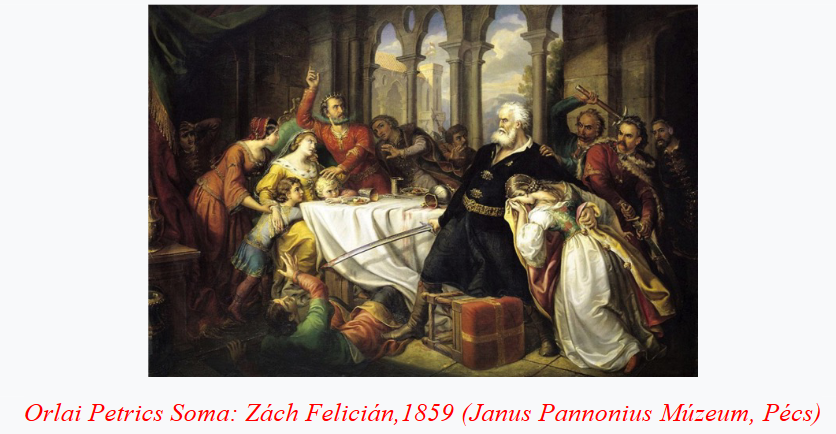
The story should be supplemented by the fact that the female grandchildren of the Zách family were not executed, but exiled. According to one source, those taken by the Crusaders ended up in Rhodes. Shortly after the assassination, Róbert Károly went on a pilgrimage to Jerusalem. At sea, however, he changed his mind and turned the ship back because he was still afraid of the living Zachs. But it could also have happened that the king was encouraged to return by his ambitious and still unfinished tasks.
Author: Ferenc Bánhegyi
(Cover image source: wallpaperdesktop.com)
The parts published so far can be read here: 1., 2., 3., 4., 5., 6., 7., 8., 9., 10., 11., 12., 13., 14., 15., 16., 17., 18., 19., 20., 21., 22., 23.

